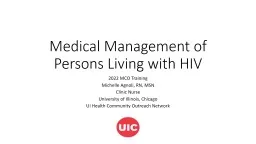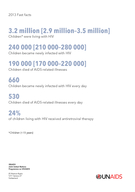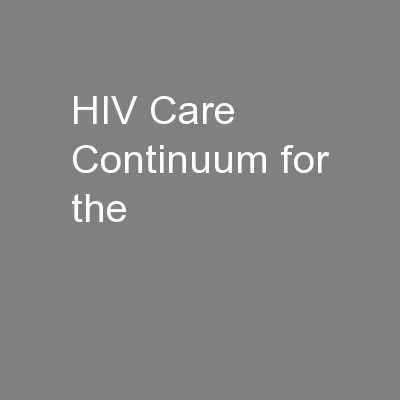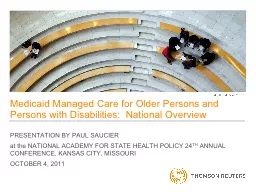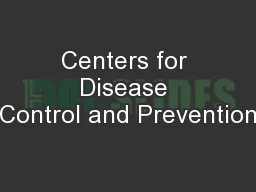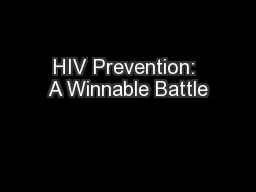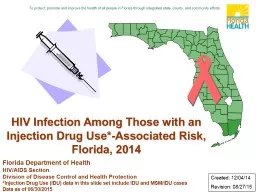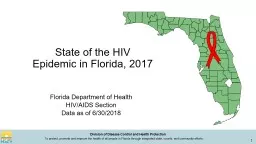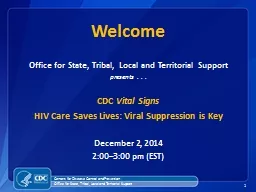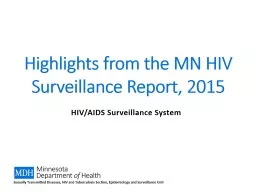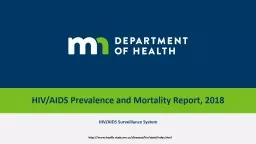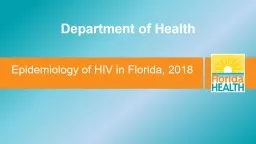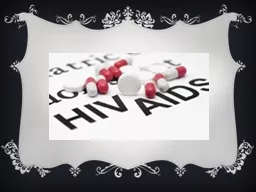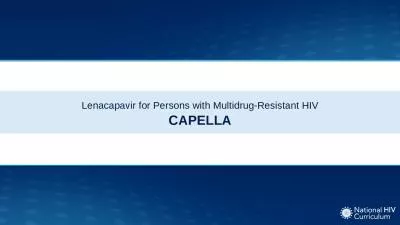PPT-Medical Management of Persons Living with HIV
Author : DontBeASnitch | Published Date : 2022-08-03
2022 MCO Training Michelle Agnoli RN MSN Clinic Nurse University of Illinois Chicago UI Health Community Outreach Network What We Will Be Covering HIV 101 HIV Metrics
Presentation Embed Code
Download Presentation
Download Presentation The PPT/PDF document "Medical Management of Persons Living wit..." is the property of its rightful owner. Permission is granted to download and print the materials on this website for personal, non-commercial use only, and to display it on your personal computer provided you do not modify the materials and that you retain all copyright notices contained in the materials. By downloading content from our website, you accept the terms of this agreement.
Medical Management of Persons Living with HIV: Transcript
Download Rules Of Document
"Medical Management of Persons Living with HIV"The content belongs to its owner. You may download and print it for personal use, without modification, and keep all copyright notices. By downloading, you agree to these terms.
Related Documents

